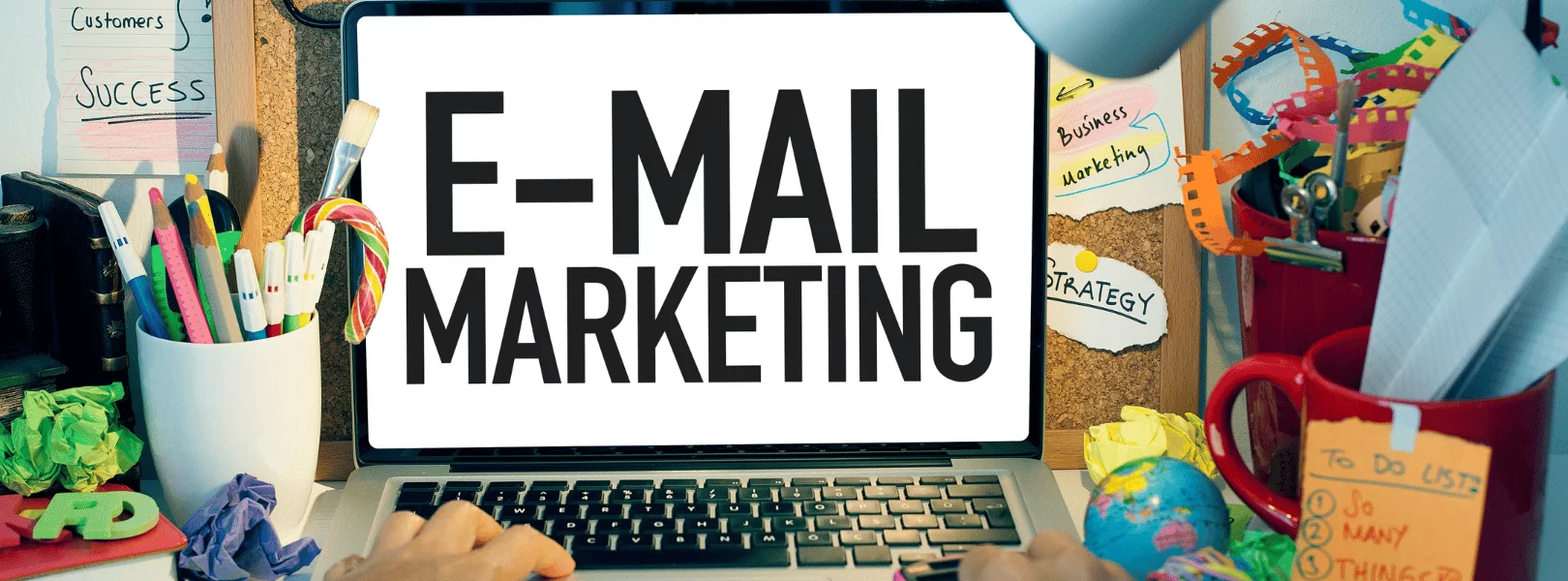Email marketing can be a powerful tool in your arsenal for any marketer if you’re trying to boost sales, build brand awareness or engage with your target audience. Email campaigns are especially effective at doing this.
But for your email strategy to be successful, it must be carefully thought out and organized according to a workflow. That way, the emails will remain on track with your audience’s purchase journey.
1. Increase Sales
Email marketing is an incredibly efficient way to drive sales and boost profits. It can be used for brand awareness, product or service promotions, discounts, and personalized product recommendations based on customer behavior. Email marketing also plays a significant role in driving online activity.
Newsletter emails are commonly sent and often include a call-to-action that encourages readers to subscribe for your newsletter or purchase products on your website. Not only that, but these can help raise brand awareness and build customer loyalty as well.
Inactive customers are an invaluable asset to your business. Re-engaging them with a free gift or incentive to buy from you again is an effective way to re-engage them and build long-lasting relationships.
2. Increase Customer Satisfaction
Email marketing is an economical way to foster customer loyalty and retention. You can use email campaigns to send out promotional offers, product recommendations and follow-up emails after a customer makes a purchase from your store.
When customers feel satisfied with their purchases and the service provided by your brand, they are likely to become repeat buyers. Re-engaging inactive subscribers through email marketing and reminding them that they can still take advantage of free gifts, discounts or loyalty points can drastically increase your ROI.
Email marketing can also help boost your customer satisfaction score, which is a quantifiable measure that allows you to evaluate customer experience and identify areas for improvement. Insurance company AVIVA takes this approach and actively requests feedback from their customers; this has resulted in an average rating of 4.8 – that’s 30% higher satisfaction!
3. Increase Brand Awareness
If you want to boost your brand awareness, email marketing is a great choice. Not only does it reach new audiences but it can also remind existing customers about your business.
Email can also be used for newsletters and promotions, which are both excellent ways to increase your brand’s visibility. These may include new products, customer reviews, and other content that helps build a positive reputation for your business.
One of the best ways to increase your brand’s awareness is by crafting an authentic and memorable brand voice. This could be a humorous, emotional or smart tone that speaks directly to your audience’s needs. Make sure this tone is consistent across all marketing materials – from emails to social media posts – for maximum impact.
4. Increase Lead Generation
Marketers in today’s digital landscape have many tools at their disposal for connecting with their audiences. But email remains the most popular and effective means of lead generation, helping convert prospects into customers.
You can boost lead generation with email by sending personalized messages tailored to customer behavior and their position in the sales funnel. Here are a few strategies you can implement:
Personalizing your email can create a special connection with the receiver, giving them the impression of receiving a personal message from someone who knows them intimately.
The right subject line can help attract potential leads and get them to open your emails. Effective subject lines are succinct yet informative, including something that will pique their curiosity.
5. Increase Engagement
Email marketing is an effective way to improve customer engagement and satisfaction. Not only does it keep your customers up-to-date on new products and sales, but you can also offer them exclusive promotions and discounts.
Additionally, brand loyalty can be increased. The key is creating a strategy that is personalized and engaging.
Personalize your email content by targeting specific segments of your database. This could involve segmenting the list according to industry or company size.






